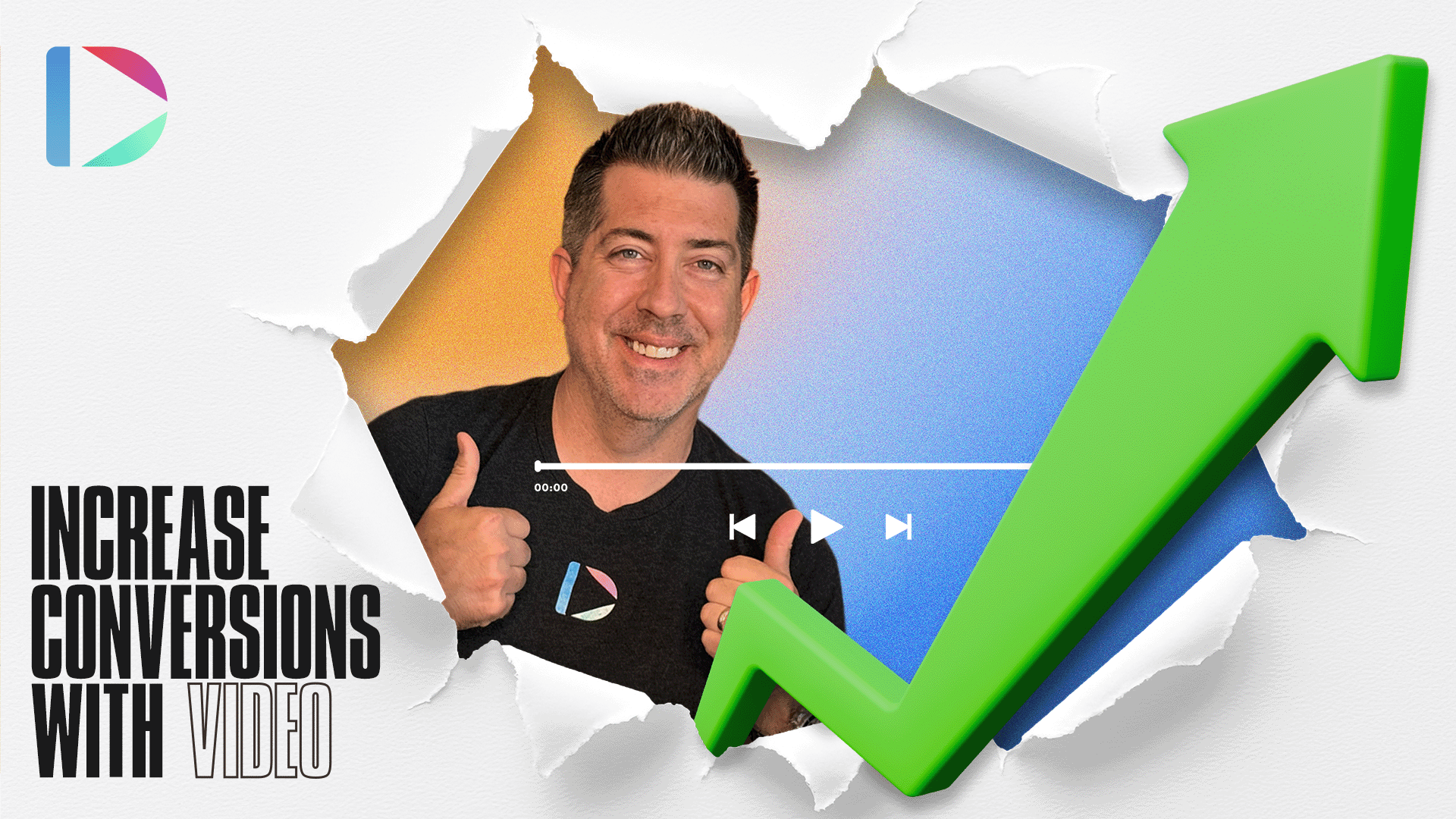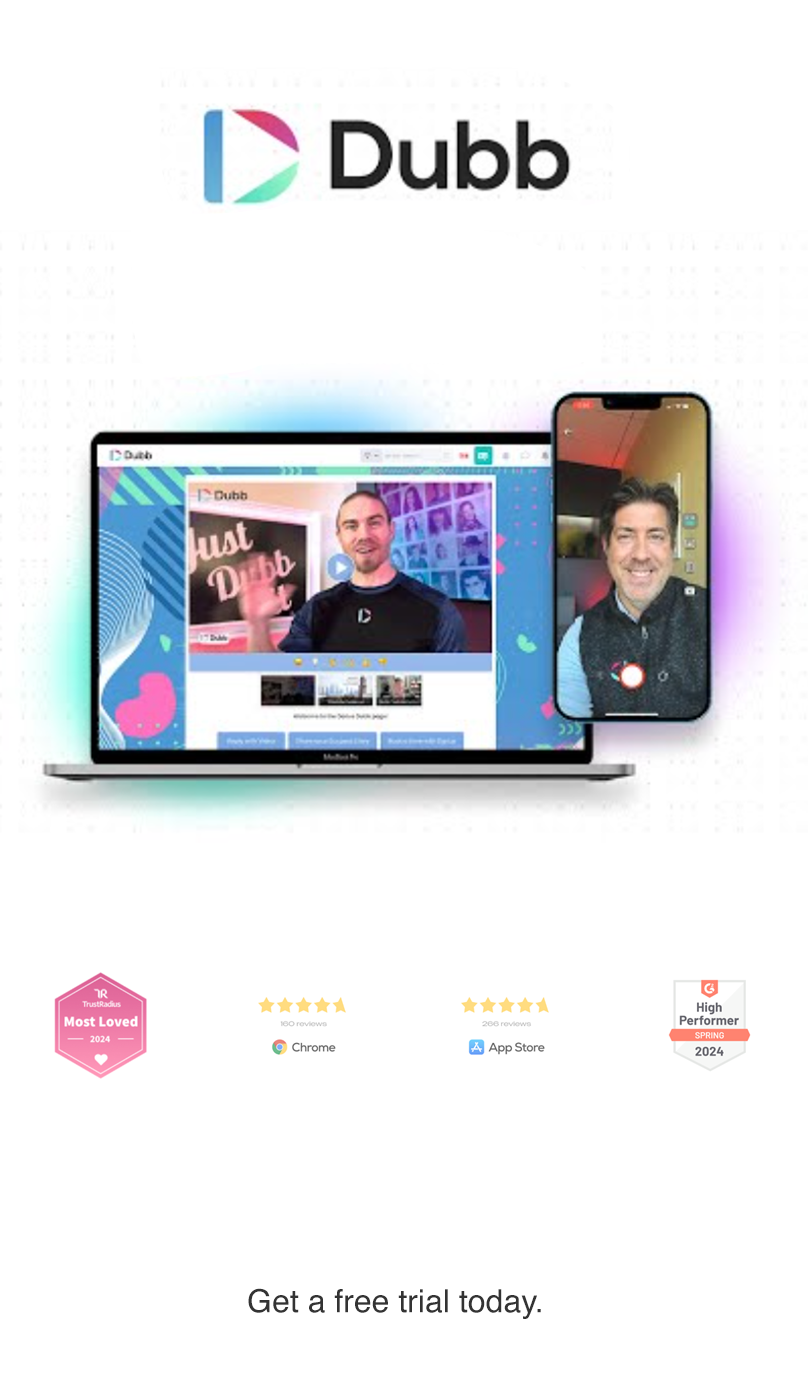From Views to Conversions: How Video Marketing Drives Sales
What if the most powerful tool in your sales and marketing toolkit isn’t another call script or budget increase—but your webcam?
Here’s the truth: in today’s digital-first world, video gives you a faster, clearer, and more human way to connect with your audience. But we’re not talking about just any video content. We’re talking about high-converting video content that drives real business results: more leads, more sales, and higher conversion rates.
Video marketing has become the ultimate way to connect with your audience, build trust, and close deals faster. Why? Because it adds a human touch to your digital communications that text simply can’t match. When prospects can see your face, hear your voice, and connect with your message, they’re more likely to convert and eventually become customers.
This post explores effective video marketing strategies and how to unlock the full potential of video conversion software—to craft compelling videos, optimize your video performance, and increase your conversion rate—without the tech overwhelm.
Let’s clarify one thing: there’s a big difference between video conversion and business conversion.
A video converter changes video formats. That’s not our focus. What you actually need is a platform that helps you convert views into results. A system that supports your marketing campaign—letting you record, personalize, and distribute well-crafted videos your prospects will actually watch and act on.
1. Why Video Is the Ultimate Conversion Tool
If your emails go unanswered and your cold calls are ignored, the problem may not be your product or service—it may be your delivery.
Traditional messaging gets lost in the noise.
People want authentic interaction. A short video message or personalized video can stop the scroll, grab attention, and build trust instantly. When done right, a high-converting video creates presence and urgency that text simply can’t. Marketers using video marketing grow revenue nearly 49% faster than those who don’t.
When you create video content that tells a story, gets to the point, and includes a compelling CTA, you increase conversions and drive engagement.
2. What Makes Great Video Marketing Software
Forget the Hollywood studio. You need a practical tool built for sales and video marketing efforts.
An ideal video marketing platform should simplify the video creation process. It should allow you to record, personalize, and distribute your video message with ease. Features like clickable CTAs, annotations, subtitles, and branding tools enhance engagement.
It should also include video analytics so you can track conversions and refine campaigns. Some ideal video activity reporting data you should have are video views, clickthrough rates, which of your contacts watched your video, and what actions they took after watching.
This isn’t about juggling different video tools or managing multiple video formats. It’s about streamlining your marketing workflow with software designed to support maximum sales conversion.
3. How to Create Video Content That Increases Conversion Rates
You don’t need expensive equipment—just your phone or webcam. The secret is to address your audience’s pain points quickly and clearly.
When it comes to video length, shorter is usually better.
Get to the value fast. Trim the fluff. Offer clear solutions. This is how you create a successful video that gets watched and acted on.
Personalized video content is especially powerful. One study found personalized video can boost conversion rates by up to 500%.
That’s not just engagement—it’s skyrocket-level conversion.
4. Video Editing for Impactful Messaging
Once you hit record, the real transformation begins.
Video editing plays a key role in creating an effective video. Your editing tool should allow you to add subtitles, cut out noise, adjust video and audio quality, and reinforce key ideas with annotations and custom branding.
Great video editing software keeps the process intuitive. The goal is to move from raw footage to an optimized video that reflects your brand and compels action.
Rather than switching between apps for video creation, video editing, and analytics, choose an all-in-one solution. This saves time and ensures consistent video content planning.
5. Turn Video into a Conversion Engine
A marketing video doesn’t just stand alone—it should lead somewhere.
A high-converting marketing video page includes personalized intros, clickable CTAs, embedded forms, playlists tailored to the buyer journey, and an option to schedule a call. This targeted video experience helps boost conversion rates and supports your content marketing strategy.
Your product or service deserves more than a generic landing page. An actionable marketing video page makes every second count.
6. Smart Scripting with AI Tools
If you’re unsure what to say, AI can help.
Look for modern video tools that are equipped with AI writing features to craft messages that resonate. Whether you’re making a demo video, an explainer video, or cold outreach, a well-written script sets the tone and keeps you on message.
Personalized scripts help you convert faster and more effectively. In fact, B2B companies that implemented AI-generated personalized messaging saw response rates increase by 30%. That’s a strong case for using technology to increase your conversion rate.
7. Automate Engagement with Video
Let your video do the work—even while you sleep.
Marketing automation tools built into video platforms can answer questions, guide users to a CTA, or even qualify leads automatically.
This means your video ad, explainer video, or product demo becomes more than content—it becomes a conversion tool.
8. Analyze and Optimize Your Video Marketing Campaigns
Tracking your video performance is essential.
You need to know how long people watched, which CTAs they clicked, and how that influenced your conversion rate.
Use insights to improve your video marketing content. Test video length, thumbnail images, script variations, and delivery channels. With real data, you can boost conversion rates and achieve higher conversions.
9. Share Your Videos Everywhere
A successful video marketing strategy includes wide distribution.
Use video across channels like email, SMS, your website, and any social media platform. That same compelling video should work just as well as a social media video or a Google video ad.
Promote your video consistently. A consistent message across every platform helps build trust and reinforces your product or service’s value.
Final Thoughts: Build a Video Marketing Strategy That Converts
The power of video to engage and convert is undeniable. Whether you’re creating an animated video, a short video for social, or a detailed product walkthrough, the goal remains the same: increase conversions.
Use personalized video, follow best practices, and take advantage of innovative video editing tools to support your digital marketing and social media marketing goals. Video marketing isn’t just a trend—it’s a strategic marketing tool that drives results. Start your video creation process today and watch your conversion rates climb.
Let’s set the record straight: Dubb isn’t a video converter—it’s a video marketing platform designed to turn leads into customers.
With Dubb, you’re not converting file formats—you’re converting relationships, conversations, and sales opportunities. You’re turning your message into something people actually want to watch, respond to, and act on.
So stop worrying about the tech. Focus on the message. Show up on camera. And let your authenticity do the heavy lifting.
Ready to leverage video and unlock higher conversion rates? Try Dubb for free — no credit card required — and see how impactful video can elevate your next campaign.
Join our daily live training and discover how to convert with confidence—because once you unlock the power of video, everything changes.


